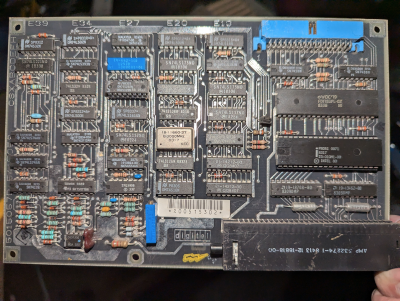It all started with a gift idea: a star-field lamp in the form of a concrete sphere with lightpipes poking out where the stars are, lit up from the inside by LEDs. When you’re making one of these, maybe-just-maybe you’d be willing to drill a thousand holes and fit a thousand little plastic rods, but by the time you’re making a second, it’s time to build a machine to do the work for you.
So maybe we quibble with the channel name “Unnecessary Automation,” but we won’t quibble with the results. It’s a machine that orients a sphere, drills the hole, inserts the plastic wire, glues it together with a UV-curing glue, and then trims the end off. And if you like crazy machines, it’s a beauty.
The video goes through all of the design thoughts in detail, but it’s when it comes time to build the machine that the extra-clever bits emerge. For instance, [UA] used a custom 3D-printed peristaltic pump to push the glue out. Taking the disadvantage of peristaltic pumps – that they pulse – as an advantage, a custom housing was designed that dispensed the right amount between the rollers. The rolling glue dispenser mechanism tips up and back to prevent drips.
There are tons of other project-specific hacks here, from the form on the inside of the sphere that simplifies optic bundling and routing to the clever use of a razor blade as a spring. Give it a watch if you find yourself designing your own wacky machines. We think Rube Goldberg would approve. Check out this video for a more software-orientated take on fiber-optic displays.
Continue reading ““Unnecessary” Automation Of A DIY Star Lamp Build”



















